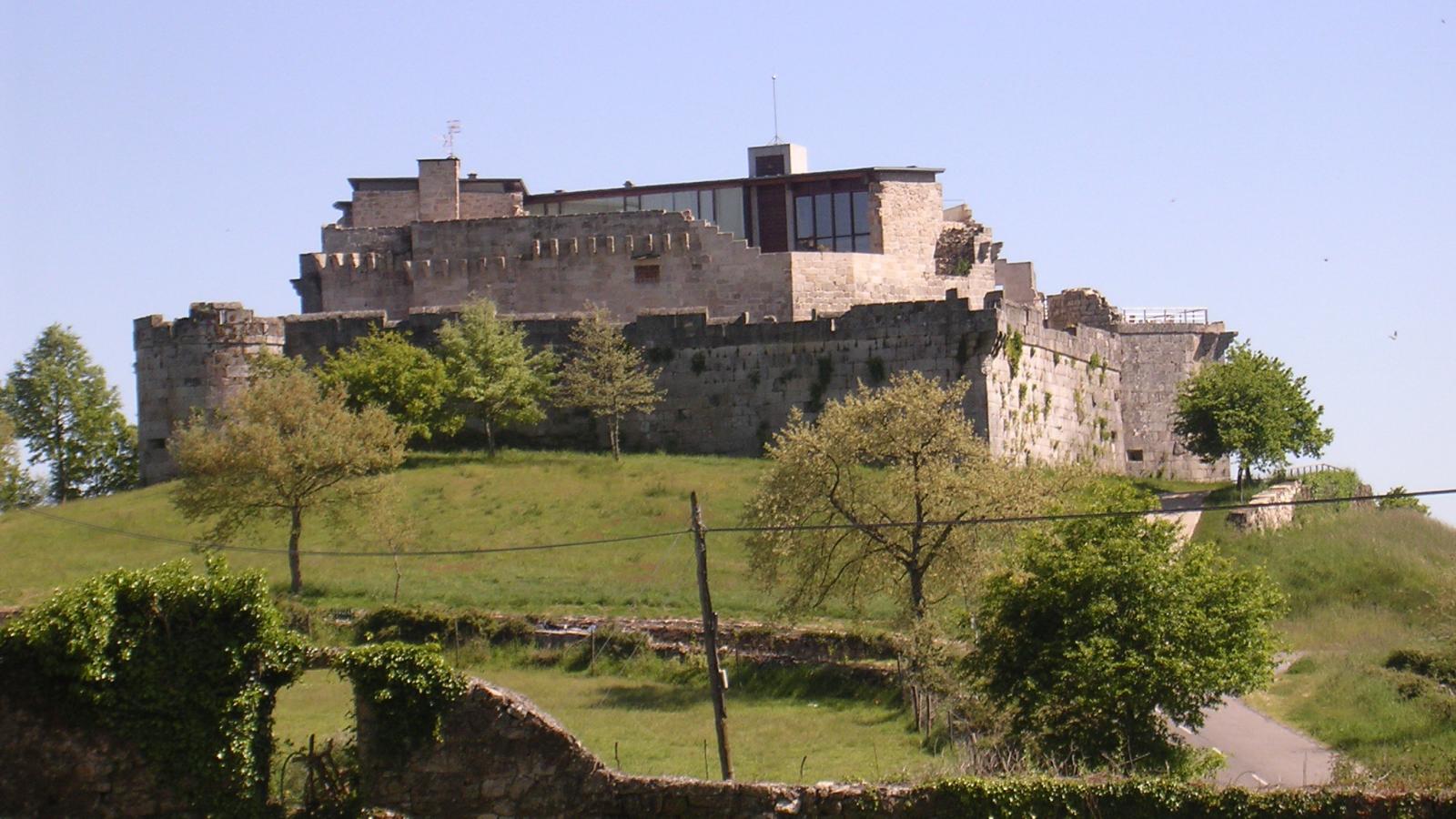We leave Ourense and take de Rías Baixas a-52 highway until Allariz, one of the most important historical-artist towns in Galicia, where Alfonso X lived. The current Allariz is comparable to its past, thanks to its careful rehabilitation. Knowing its splendour, It is not strange that there are so many Romanesque churches such as the ones of Santiago or San Pedro, Vilanova and Santo Estevo.
It has been modified since it was built, but it resembles the Royal Monastery of Santa Clara, founded by doña Violante, the wife of Alfonso X- The same happens with the ‘Sacred Art’ Museum with its famous Virxe Abrideira. You can visit many museums such as Museo do Coiro (leather), Muiño do Burato- for groups-, the Galician Xoguete (toy) Museum, the Vicente Risco House Museum and the Fashion Museum. It is also a good moment to combine the shopping on its famous outlets and buying typical delicacies such as almendrados de Allariz, liquors, cheeses, ox ham or local handcrafts. Moreover, every Saturday it is celebrated the “Mercado reserva da Biosfera” in the old Abastos market with tasting and sale of ecological products. This is the ideal place to visit with kids, very comfortable to walk around its old part, almost pedestrian, and with many green areas so that children can play or refresh in the river side. It is remarkable the river beach of O Arnado and Acearrica. We continue our visit to know the Church of Santa Mariña de Augas Santas and the Armea archaeological route (on the road OU-0101).
Santa Mariña de Augas Santas is an attractive historical, artistic and scenic group where history, tradition and legends are mixed. We will do a short walk around Santa Mariña de Augas Santas village to know its church and its urban area. In this point it starts a route of two kilometres length with a low level of difficulty around the places related to Santa Mariña legend. It is an amazing environment of indigenous forest where Santiago Way passes. The most mysterious, interesting point of this route is “O Forno da Santa”, located in the unfinished Ascension Cathedral.
Once there, we will follow our way to the impressive remains of the pre-roman and roman settlement of Cibda de Armea, as well as to another singular site known as Monte do Señoriño. Back to Allariz, we take the OU-0108 towards Xunqueira de Ambía. Here we find the Ecospazo ‘O Rexo’ (eco-space), a culture and leisure icon which combines artistic intervention with a mini-hydraulic installation, a sheep farm and a cheese diary. It is the result of the pictorial and sculpture intervention by Agustín Ibarrola. The history of this place is based on the church’s collegiate, a magnificent Romanesque and Plateresque construction, as well as its houses with coats of arms. The river has popular constructions, windmills and poldras (small stone bridges). In the road that links Xunqueira de Ambía and Baños de Molgas we can visit A Acea fort, a pre-roman site placed on a top over Arnoia river. On the way to Baños de Molgas, hidden between the buildings, we find a pre-Romanic gem: the Church of Santa Eufemia de Ambía.
DID YOU KNOW THAT?
From May to October, you can enjoy the International Garden Festival of Allariz.
The legend states that Saint Peter took Santa Mariña out of the O Forno da Santa, in Armea.
From here we can take an enjoyable route known as “Roteiro interpretativo Santa Eufemia de Ambía”, whose point of departure is the Ninfas fountain. If you like petroglyphs they are signed, although on the road route there is one in San Vitorio. It is located under a singular crossing, next to the old chapel.
The thermal springs were probably the main reason why the Romans stopped in Baños de Molgas, but what it is used today is the 19th century spa. In addition to that, it has a good recreation area to rest or you can take a bath in the recreation river area of Ansuiña.
Its railway station is currently Moncho Borrajo Museum, which holds the humourist’s legacy with an exhibition of his personal collection of paintings, his library and his collection of personal objects.
In this area you must visit the Sanctuary of Os Milagres. It is probably the most numerous romería in the province, which takes place during the first week of September. The Baroque temple is very large.
Either from Os Milagres or Baños de Molgas we carry on our journey towards Maceda. The castle is a must. King Alfonso X also lived, and it is even said that he composed the Songs of Holy Mary here.
Back to Ourense, it is possible to watch or purchase typical ceramics of the province, like in Niñodaguia, in the craftspeople who work just off the OU-536 road. The ceramics are distinguished by its yellowish gaze. In the parish of Santa Maria de Niñodaguia we found the Pottery Museum-workshop of Niñodaguia, where we can travel to the heart of pottery, visit the old “fornos” (furnace), discover the uses of the dishes or knowing about the secrets of the fast pottery wheel.
DID YOU KNOW THAT?
In the A Acea fort it was discovered a pre-roman container of great value, the most ancient one in Galicia, earlier even the roman arrival.
In Maceda we found the Rural Doctor Museum, where original medical devices from the beginning of the past century until now are presented.



* The comments made without logging in will be pending approval prior to publication.